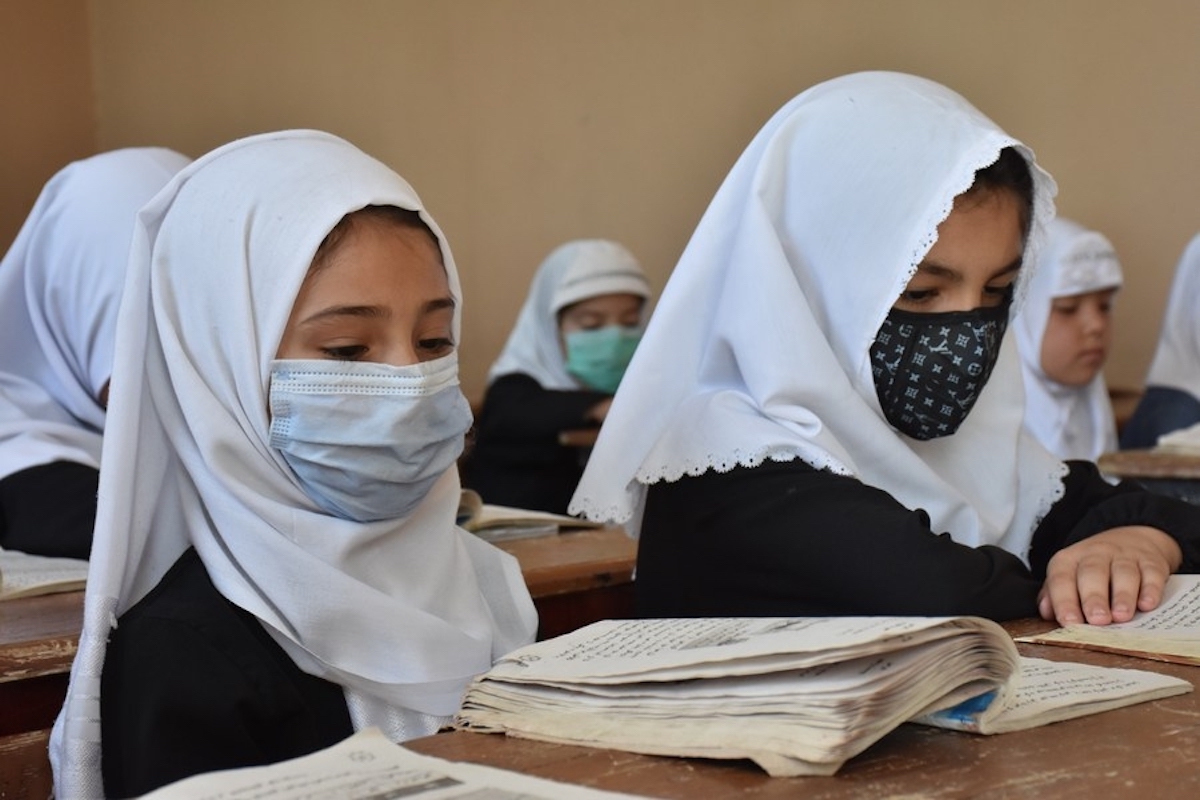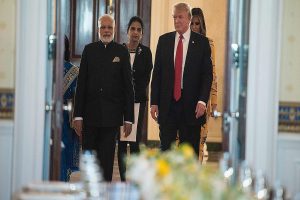The Taliban-run government of Afghanistan decided earlier this year to ban girls from attending secondary school (Classes 7-12). The pushback both domestically where possible and across-the board internationally was severe as the decision sets back the hard-gained advances in educational access for girls in Afghanistan over the last two decades. But Brookings Fellow Ghulam Omar Qargha makes the more nuanced point that while Afghans may value education, schooling has historically been a source of conflict in the country. The Taliban’s actions were, in that sense, a manifestation of this larger problem. The relationship between education and conflict has been in sharp focus in recent times. Practitioners have focused on teaching “peace education” and signing declarations such as the Safe Schools Declaration and the Convention on the Rights of the Child.
Afghanistan is a signatory to both initiatives, but it has made little difference in practice. Qargha argues that unless national and international education development programmes systematically address larger societal problems through a dialogue brokering local concerns with global aspirations, education will continue to be a cause of conflict rather than a source of unity. This is especially true for fragile states like Afghanitan and their most vulnerable citizens, in this case young girls. The abrupt decision to shut down girls’ schools by the Taliban supreme leader, Mullah Hibatullah Akhundzada, reportedly surprised many even within the Afghan regime. It is thought that Mullah Akhundzada figured keeping girls’ secondary schools open would not result in greater legitimacy for his regime with the international community, but it would certainly water down the Taliban’s hard-line Islamist image at home and result in a loss of support from its base.
Advertisement
Education, after all, has been at the centre of power struggles in Afghanistan since the introduction of modern schooling in the early 1900s ~ from King Zahir Shah to the Soviet-backed communist regime, all have been attacked by conservative rural chieftains and clans for promoting girls’ education. These are the very people who today back the Taliban in large measure. There’s also been a long history of national and international actors manipulating the education system for political purposes. The primary source of contention has centred around balancing global forces for modernisation with local desires to maintain religious and cultural identities. Girls going to school have become the strongest symbol of modernisation on one hand and foreign domination through globalisation on the other, asserts Qargha. Many post-colonial nations have successfully negotiated the relationship between local educational aims and practices with that of modern schooling, while in others it is still a work in progress.
Afghanistan, however, can safely be said to have abjectly failed to find this balance. Experts say the relationship between education and conflict is complex and does not lend itself to easy solutions. In Afghanistan, whenever an attempt has been made towards a system redesign, the unending cycle of violence has stopped those efforts in their tracks. For its neighbours and the wider international community, coming to terms with the Taliban is contingent upon ending the relationship between education and conflict.











